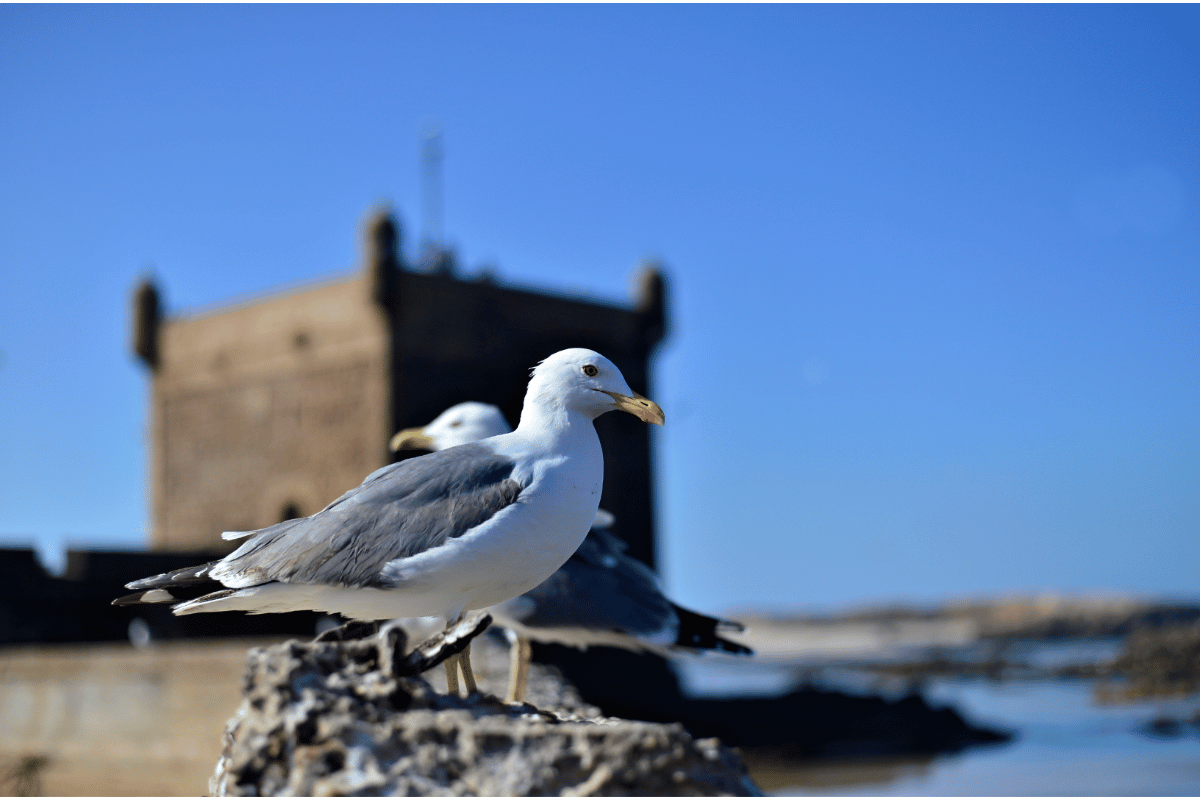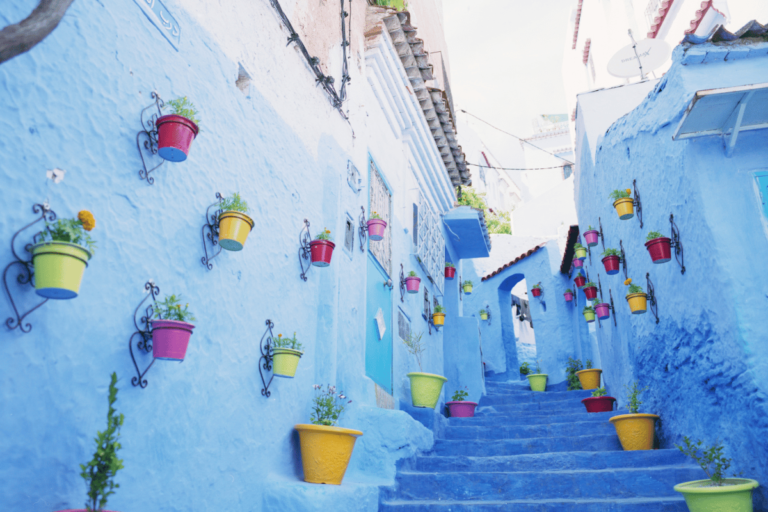Attention wildlife lovers! Did you know that Morocco is home to a staggering 40,000 species of plants and animals? Yes, you read that right! This North African country boasts an incredible diversity of wildlife, making it a haven for nature enthusiasts like yourself.
From the rugged Atlas Mountains to the vast Sahara Desert and the breathtaking Atlantic coastline, Morocco offers a plethora of unique ecosystems where you can immerse yourself in the wonders of its rich biodiversity.
As you embark on your journey through Morocco’s varied landscapes, get ready to be amazed by the abundance of life that thrives here. The Atlas Mountains, with their steep slopes and lush valleys, are teeming with diverse flora and fauna. You’ll have the opportunity to encounter elusive species such as Barbary macaques and Barbary leopards while exploring this rugged terrain.
In addition to the mountains, Morocco’s Sahara Desert showcases a completely different but equally fascinating ecosystem. Here, you’ll discover resilient plant life such as acacia trees and desert roses that have adapted to survive in extreme conditions. Keep your eyes peeled for unique desert dwellers like fennec foxes and sand vipers as they navigate this arid landscape.
With so much to explore and learn about Morocco’s rich biodiversity, there’s no doubt that this destination is a dream come true for any wildlife lover.
Key Takeaways
- Morocco is home to a diverse range of ecosystems, including the Atlas Mountains, Sahara Desert, and Atlantic coastline, which support a wide variety of plant and animal species.
- The Souss-Massa National Park, located in southwestern Morocco, serves as a sanctuary for wildlife and is a hub for eco-tourism. It encompasses diverse habitats such as forests, wetlands, sand dunes, and estuaries.
- The park faces challenges such as habitat loss and degradation, but it has implemented various conservation efforts, including collaborative initiatives with local communities, government agencies, and international organizations.
- Souss-Massa National Park is a shining example of conservation, as it engages with local communities, collaborates with stakeholders, combines scientific research with community involvement and international partnerships, and ensures the protection of wildlife and habitats.
Atlas Mountains: Explore the Diverse Wildlife in the Rugged Terrain
Get ready to embark on an adventure through the breathtaking Atlas Mountains, where you’ll discover an abundance of diverse wildlife hiding within the rugged terrain.
The Atlas Mountains span across Morocco and provide a mountainous habitat that is home to a wide range of species. As you explore this majestic landscape, you’ll have the opportunity to witness firsthand the incredible biodiversity that exists in this region.
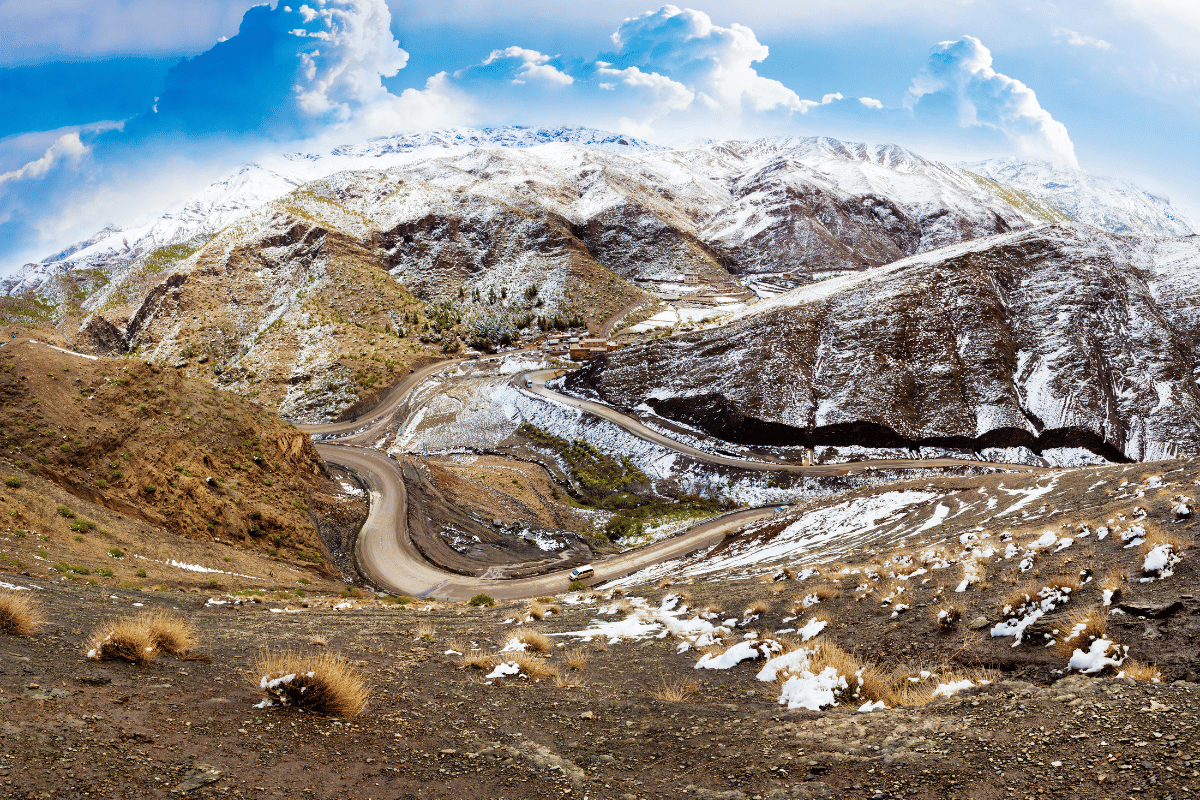
The Atlas Mountains offer a haven for wildlife enthusiasts eager to explore and observe various species in their natural habitat. From elusive mammals like Barbary macaques and Atlas bears to numerous bird species such as Egyptian vultures and Atlas pied flycatchers, there is no shortage of fascinating creatures to encounter. These mountains are also inhabited by reptiles like the Amazigh viper and amphibians like the Moroccan painted frog, adding to the rich tapestry of biodiversity found here.
One of the reasons why the wildlife in the Atlas Mountains is so diverse is due to its unique geographical features. The rugged terrain provides a variety of habitats, including forests, meadows, and rocky slopes. Each ecosystem supports different plant species which, in turn, attract different animals. This intricate web of life creates a delicate balance that has been evolving for centuries.
As you venture deeper into your exploration of the Atlas Mountains’ wildlife, keep an eye out for signs left behind by these magnificent creatures. Footprints on dusty trails or scratch marks on tree barks can give you clues about their presence even if they remain hidden from view. With every step along this thrilling journey through nature’s wonders, you’ll gain a greater appreciation for Morocco’s rich biodiversity.
Transitioning into our next section about ‘Sahara Desert: Discover the Unique Flora and Fauna of the Desert Ecosystem,’ let’s now shift our focus from mountainous terrains to vast arid landscapes without losing sight of Morocco’s remarkable wildlife diversity.
Sahara Desert: Discover the Unique Flora and Fauna of the Desert Ecosystem
Explore the Sahara Desert and marvel at its distinct plant and animal life, creating a truly unique ecosystem. This vast expanse of sand dunes stretches across Morocco, offering an opportunity to witness nature’s resilience in a harsh environment.

As you embark on a camel trekking adventure through the desert, be prepared to be amazed by the incredible adaptations of flora and fauna that call this arid landscape home.
- The Sahara Desert is home to a variety of plant species that have evolved to survive in extreme conditions. You will encounter hardy shrubs such as tamarisks and acacias, which are able to conserve water and thrive in sandy soils. These plants play a crucial role in stabilizing the dunes and preventing erosion, ensuring the survival of other organisms in this fragile ecosystem.
- While it may seem like an inhospitable place for wildlife, the Sahara Desert supports a surprising diversity of animal life. Look out for the iconic dromedary camels as they gracefully navigate through the shifting sands. These majestic creatures have adapted to withstand scorching temperatures and can go without water for long periods. Additionally, keep your eyes peeled for small mammals like desert foxes and jerboas that are well adapted for nocturnal life in this arid environment.
- The Sahara Desert is also known for its avian inhabitants, including several migratory bird species that rely on this area as a crucial stopover during their journeys between Europe and Africa. Witness flocks of graceful flamingos painting the desert sky pink as they feed on algae-rich salt flats or catch glimpses of hoopoes with their distinctive crests perched atop desert trees.
- As you conclude your exploration of the Sahara Desert, prepare yourself for what lies ahead along Morocco’s Atlantic coastline: witnessing spectacular marine life and coastal birds thriving amidst stunning natural beauty.
Embark on an awe-inspiring journey into Morocco’s diverse landscapes – from the rugged Atlas Mountains to the vast Sahara Desert – and experience the wonders of its rich biodiversity.
Atlantic Coastline: Witness the Spectacular Marine Life and Coastal Birds
Immerse yourself in the breathtaking beauty of the Atlantic coastline, where you can witness an incredible array of marine life and coastal birds in their natural habitats.
Morocco’s Atlantic coastline is teeming with diverse marine mammals, making it a paradise for wildlife enthusiasts. From dolphins to seals, this region offers abundant opportunities to observe these majestic creatures up close. The waters off the coast are home to several dolphin species, including bottlenose dolphins and common dolphins. Keep your eyes peeled as you may even spot playful pods swimming alongside boats or surfing the waves.

Birdwatching opportunities along Morocco’s Atlantic coastline are simply unparalleled. This region serves as an important migratory route for many bird species traveling between Europe and Africa. With its varied habitats such as cliffs, sandy beaches, and wetlands, this area attracts a wide range of avian visitors. You’ll have the chance to spot magnificent seabirds like gannets, cormorants, and seagulls soaring above the crashing waves. In addition to these oceanic birds, estuaries and lagoons provide refuge for various wading birds such as herons, flamingos, and spoonbills.
The richness of marine life along Morocco’s Atlantic coastline also extends below the surface. Snorkelers and scuba divers can explore vibrant underwater ecosystems brimming with colorful fish species and fascinating marine plants. The clear waters allow for excellent visibility, providing a window into a world filled with coral reefs, seagrass meadows, and rocky formations teaming with life.
As we transition into exploring Souss-Massa National Park, get ready for an awe-inspiring journey through one of Morocco’s most remarkable conservation areas.
Souss-Massa National Park: Encounter the Majestic Barbary Lions and Other Protected Species

Prepare to be captivated by the awe-inspiring beauty of Souss-Massa National Park, where you’ll have the opportunity to come face-to-face with the majestic Barbary lions and a plethora of other protected species.
This national park, located in southwestern Morocco along the Atlantic coastline, is not only a sanctuary for wildlife but also an important hub for eco-tourism.
The park’s rich biodiversity and unique ecosystems attract nature enthusiasts from around the world who are eager to explore its wonders.
Souss-Massa National Park has had a significant impact on tourism in Morocco. Its diverse range of habitats, including forests, wetlands, sand dunes, and estuaries, provides a haven for numerous species of plants and animals.
For wildlife lovers, it offers an unparalleled opportunity to observe rare and endangered species in their natural habitat. From storks nesting in ancient Argan trees to dolphins swimming gracefully offshore, every corner of this park is teeming with life waiting to be discovered.
What sets Souss-Massa National Park apart is its emphasis on community involvement in conservation efforts. Local communities play a vital role in preserving the park’s biodiversity through sustainable practices such as responsible tourism and resource management.
By engaging with visitors and raising awareness about conservation issues, these communities ensure that both tourists and locals understand the importance of protecting this remarkable ecosystem.
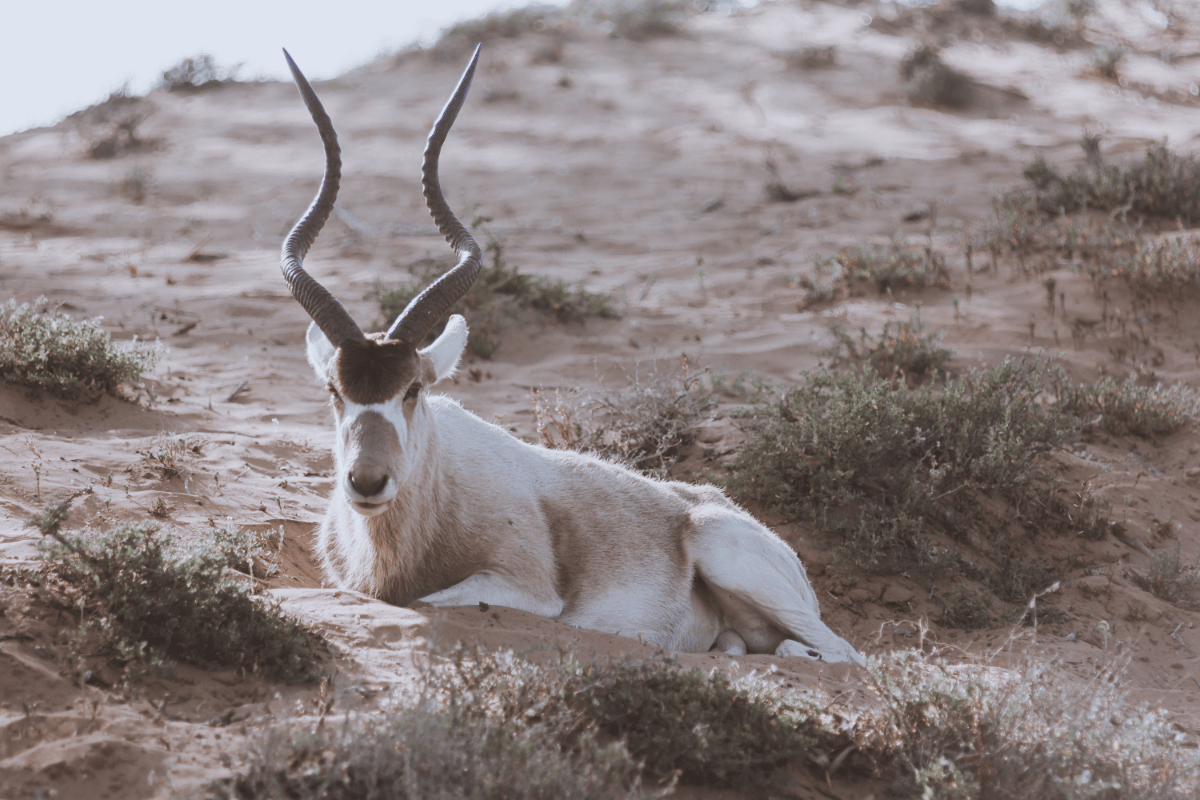
Souss-Massa National Park is a true paradise for wildlife enthusiasts seeking an unforgettable experience with nature. With its incredible diversity of species and breathtaking landscapes, it showcases Morocco’s commitment to preserving its rich biodiversity.
As we delve further into our exploration of this magnificent country’s conservation efforts: learn about the initiatives to preserve Morocco’s rich biodiversity without writing ‘step’.
Conservation Efforts: Learn about the Initiatives to Preserve Morocco’s Rich Biodiversity
Discover the remarkable initiatives undertaken to safeguard the diverse range of species and unique ecosystems found in Souss-Massa National Park. Conservation efforts in this park are crucial due to the numerous conservation challenges faced by Morocco’s rich biodiversity.
The park’s key focus is on protecting endangered species, such as the Barbary lion, which is on the brink of extinction. Through collaborative efforts with local communities, government agencies, and international organizations, Souss-Massa National Park has implemented various strategies to ensure the preservation of its remarkable wildlife.
One of the main conservation challenges faced by Souss-Massa National Park is habitat loss and degradation. Rapid urbanization and agricultural expansion have resulted in significant habitat fragmentation and encroachment into natural areas. To address these issues, the park has established buffer zones around sensitive habitats, limiting human activities that could harm wildlife populations or degrade their habitats. Additionally, reforestation projects are being carried out to restore degraded areas and create new habitats for endangered species.
Community involvement plays a vital role in ensuring successful conservation efforts within Souss-Massa National Park. Local communities are actively engaged through education programs that raise awareness about wildlife conservation and sustainable practices. By involving residents in decision-making processes and offering alternative livelihood options, such as eco-tourism initiatives or sustainable agriculture practices, the park aims to reduce human-wildlife conflicts while improving local livelihoods.
Furthermore, collaborations between government agencies, NGOs (non-governmental organizations), and international partners have been instrumental in supporting conservation initiatives within Souss-Massa National Park. Financial aid from international organizations helps fund research projects focused on understanding threatened species’ ecology and behavior patterns essential for effective management strategies. These partnerships also facilitate capacity building among local staff members involved in monitoring wildlife populations or implementing anti-poaching measures.
Souss-Massa National Park’s commitment to preserving Morocco’s rich biodiversity is evident through its extensive conservation efforts. Despite facing numerous challenges like habitat loss and degradation, the park actively engages with local communities and collaborates with various stakeholders to ensure the long-term survival of endangered species. By combining scientific research, community involvement, and international partnerships, Souss-Massa National Park stands as a shining example of how conservation initiatives can help safeguard wildlife and their habitats for future generations.
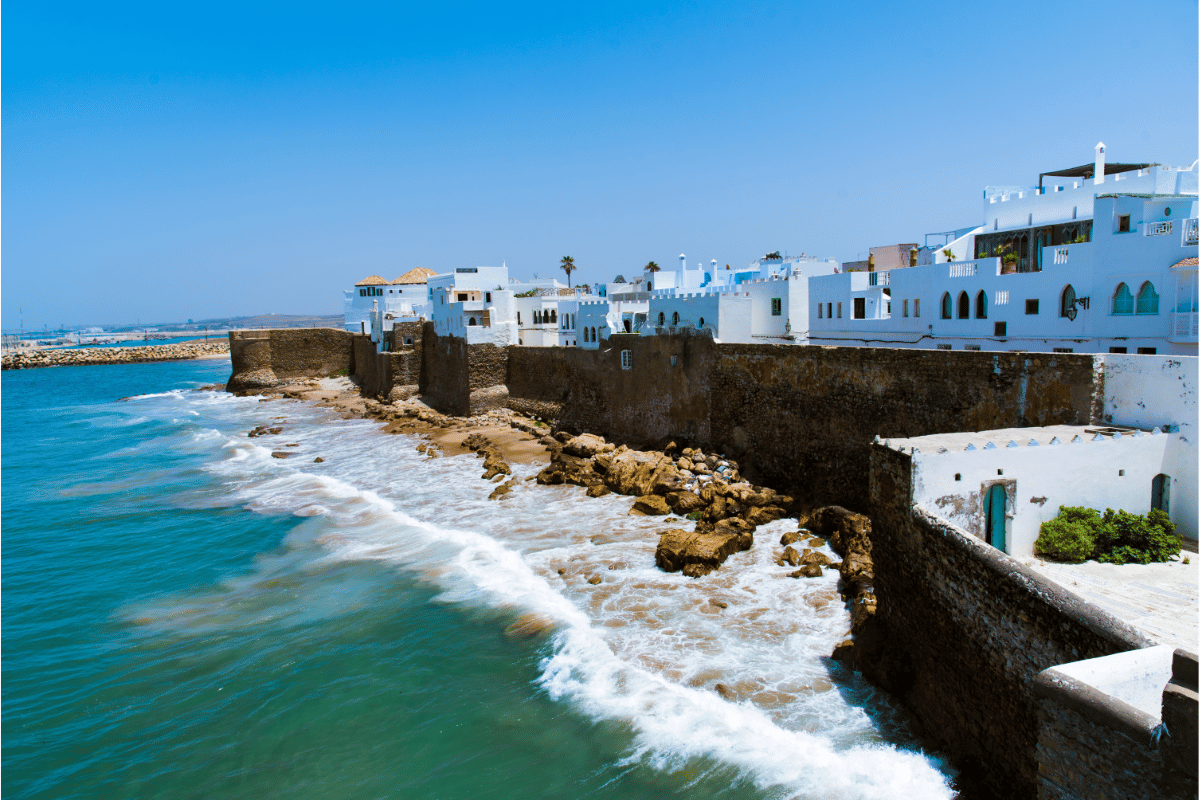
Frequently Asked Questions
What is the best time of year to visit the Atlas Mountains to see wildlife?
The best time to witness breathtaking wildlife sightings in the Atlas Mountains is during the spring, when nature awakens like a vibrant symphony. Lush vegetation provides ample food, attracting a variety of fascinating creatures.
Are there any endangered species found in the Sahara Desert?
Yes, there are endangered species found in the Sahara Desert. Conservation efforts in Morocco’s biodiversity aim to protect these species and their habitats, ensuring their survival for future generations to appreciate and study.
Can you snorkel or scuba dive along Morocco’s Atlantic coastline?
You’ll be thrilled to know that Morocco’s Atlantic coastline offers over 1,000 kilometers of snorkeling spots and scuba diving sites. With vibrant coral reefs and diverse marine life, it’s a paradise for underwater enthusiasts.
How many Barbary lions are estimated to be in Souss-Massa National Park?
There are an estimated 15 Barbary lions in Souss Massa National Park due to successful wildlife conservation efforts. These majestic creatures are a testament to Morocco’s commitment to preserving its unique biodiversity.
What specific conservation efforts are being implemented to protect Morocco’s biodiversity?
To protect Morocco’s biodiversity, conservation initiatives and biodiversity protection measures have been implemented. These efforts aim to conserve endangered species, restore habitats, promote sustainable practices, and raise awareness among local communities about the importance of preserving wildlife and ecosystems.
Conclusion
In conclusion, Morocco’s rich biodiversity offers a haven for wildlife enthusiasts like yourself. As you explore the rugged terrain of the Atlas Mountains, you’ll be amazed by the diverse array of species that call this region home. From graceful gazelles to elusive Barbary macaques, every step brings you closer to nature’s wonders.
Venturing into the vast expanse of the Sahara Desert, you’ll discover a unique ecosystem teeming with life. Contrary to popular belief, this arid landscape isn’t devoid of flora and fauna. In fact, it’s home to resilient plants like desert roses and rare animals such as sand vipers and fennec foxes. The breathtaking sight of these adaptations will leave you in awe.
As you make your way along Morocco’s Atlantic coastline, prepare to witness an incredible display of marine life and coastal birds. Dolphins dancing in the waves and majestic seabirds soaring above create a symphony of sights and sounds that’ll stir your soul. It’s a testament to the beauty and abundance that can be found when humans coexist harmoniously with nature.
One staggering statistic that visually represents Morocco’s commitment to preserving its rich biodiversity is the 10% increase in protected areas over the past decade. This means that more than 10 million hectares have been designated as national parks or reserves, providing safe havens for endangered species like Barbary lions and other protected wildlife. It showcases Morocco’s dedication to safeguarding its natural treasures for generations to come.
In summary, immersing yourself in Morocco’s abundant wildlife is an experience filled with scientific wonderment and passionate appreciation for our planet’s diversity. Through its stunning landscapes and thriving ecosystems, this North African country invites us all to become active participants in conservation efforts. So pack your binoculars, lace up your hiking boots, and embark on an unforgettable journey through Morocco’s wildlife lover’s haven!

The Editorial Team is a passionate group of Morocco enthusiasts dedicated to sharing the beauty, culture, and wonders of this captivating country. With diverse backgrounds and a deep love for travel, we strive to bring you engaging and informative content that inspires your Moroccan adventures. From uncovering hidden gems and sharing local insights to exploring mouthwatering cuisine and showcasing the vibrant lifestyle, our team is committed to providing you with valuable resources and exciting stories that enhance your exploration of Morocco. Join us on this journey as we celebrate the rich heritage and unforgettable experiences that make Morocco truly special.

